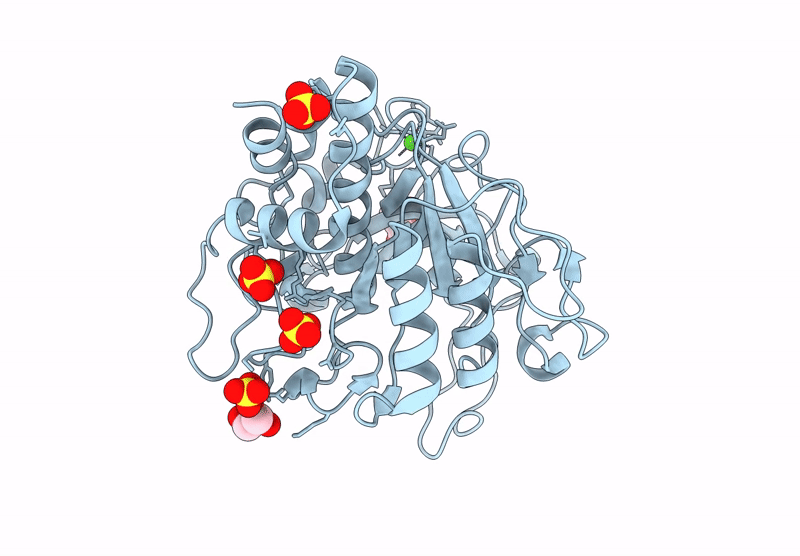
Deposition Date
2024-07-24
Release Date
2025-08-06
Last Version Date
2025-08-06
Entry Detail
PDB ID:
9G8V
Keywords:
Title:
StmPr1, Stenotrophomonas maltophilia Protease 1, 36 kDa alkine serine protease
Biological Source:
Source Organism:
Stenotrophomonas maltophilia (Taxon ID: 40324)
Host Organism:
Method Details:
Experimental Method:
Resolution:
1.64 Å
R-Value Free:
0.20
R-Value Work:
0.17
Space Group:
C 2 2 21


